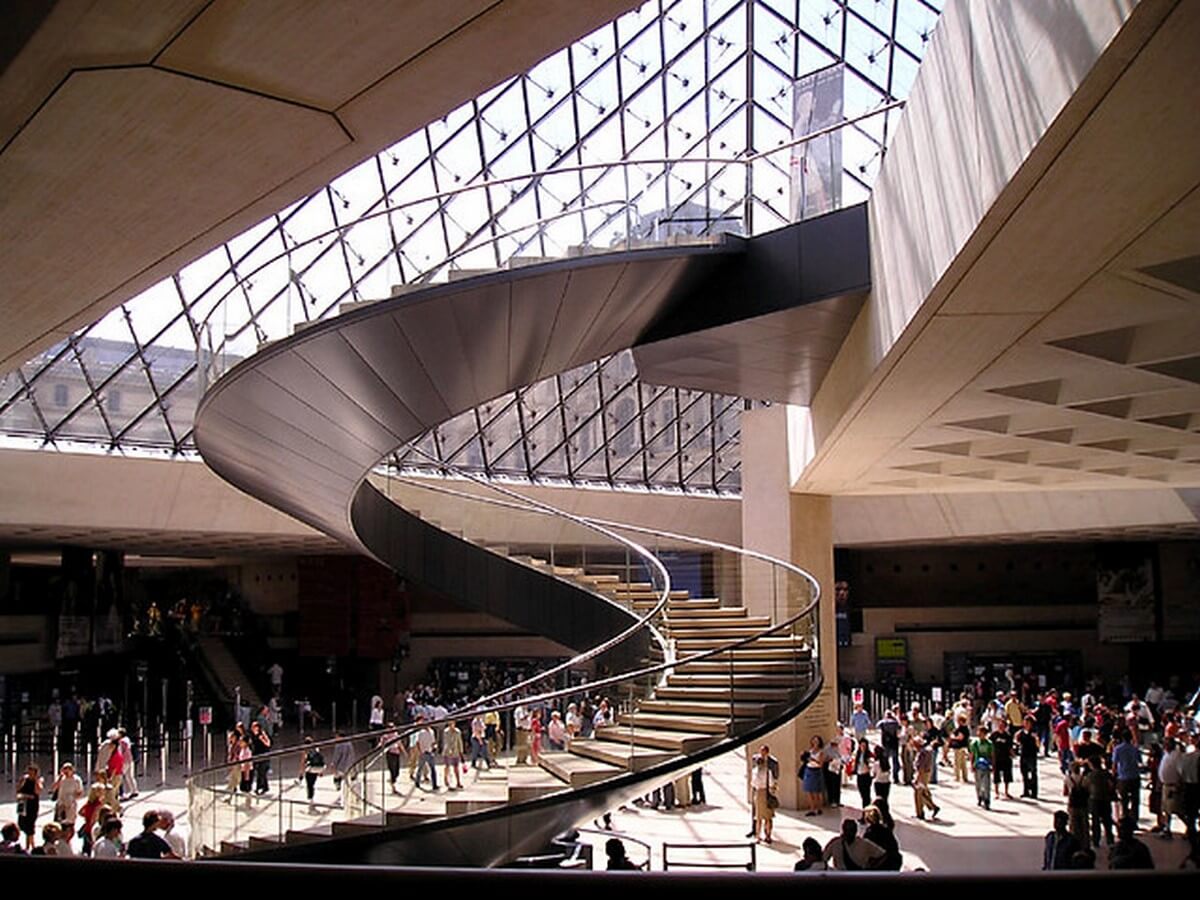-
The Louvre
With 9.6 million visitors in 2019, the Louvre Museum can absolutely boast that it is the most visited museum in the world.
Perhaps visitor numbers reflect that the Louvre’s collection includes the most famous painting in the world – the Mona Lisa. But visitors don’t just come to see Leonardo da Vinci’s mysterious lady and her smile; the louvre holds perhaps the largest collection of ancient Egyptian, Greek and Roman art and artefacts. It also has the largest collection of French paintings as well as the Italian renaissance masters like Leonardo, Perugino, Veronese, Titian and Raphael. A large part of the collection is made up of preparatory drawings, engravings and objets d’art.
All of this is arranged in three wings of the Louvre palace, formerly the home of the French Monarchs. We recommend planning your visit beforehand and researching what you want to see. You should be prepared for a lot of walking! Not only is the louvre the most visited, but it is one of the largest museums in the world at over 60,000 square meters of gallery space!
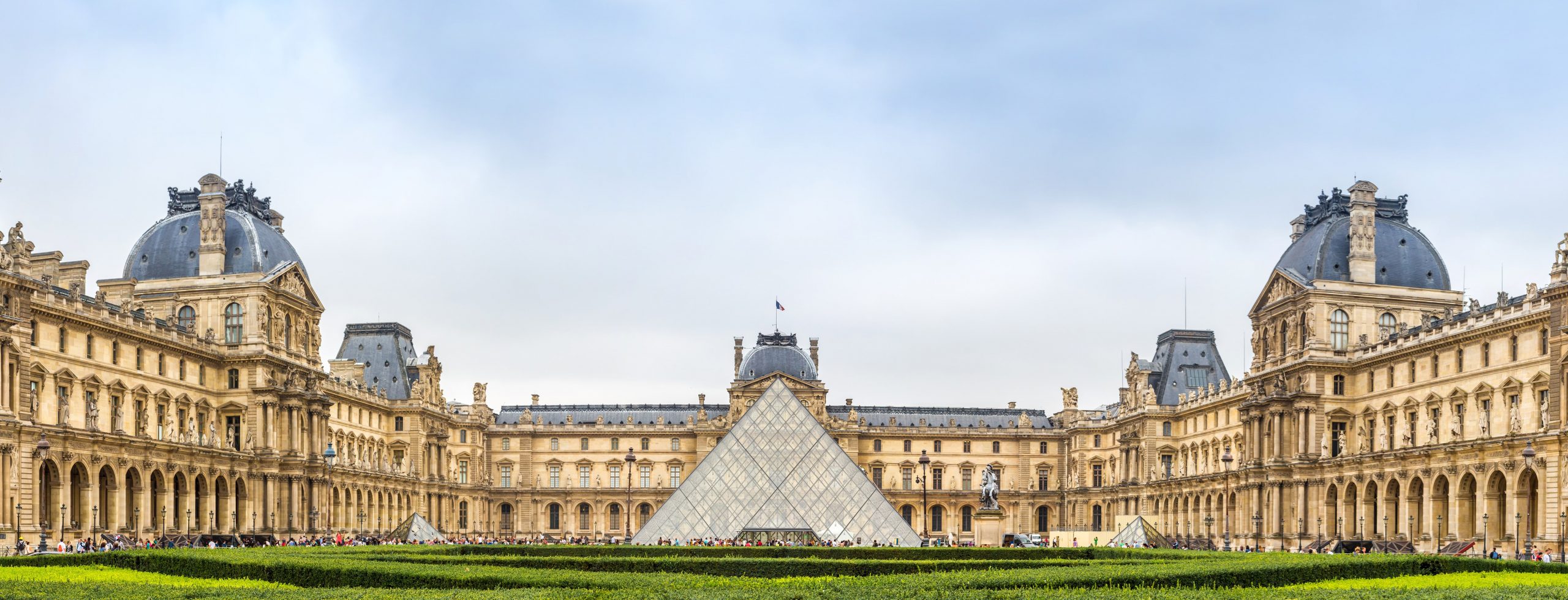
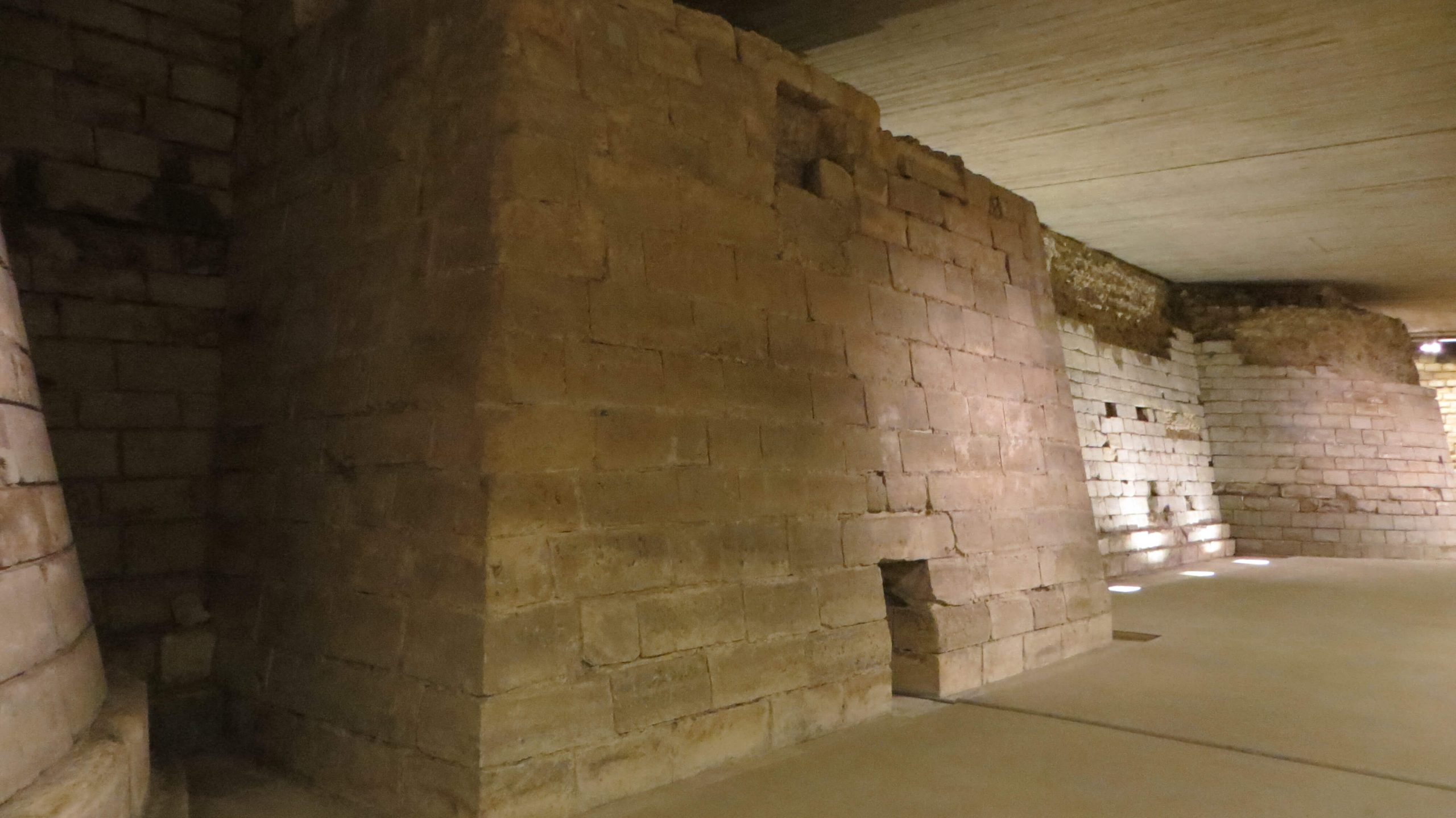
-
A Royal Palace
Like many grand museums around the world, the Louvre started life as something else. It was built as a fortress at the end of the 12th century, to protect the city in the event of attack, parts of the Medieval building can still be seen in the basement today. Converted to a residence in the 14th century by Charles V, the fortress gradually became a palace. By the sixteenth century it was the official residence of the French kings; entirely remodelled in 1546 by Francis I who started the Renaissance building we know today. After only a century, the building works stopped and the Royal household was moved to Versailles by Louis XIV in 1678.
From this moment on, the Louvre palace housed only the art of the Royal families. In 1692, part of the palace became home to two of France’s great academies of learning dedicated to inscriptions, sculpture and painting: Académie des Inscriptions et Belles-Lettres and the Académie Royale de Peinture et de Sculpture.
But the palace had been left unfinished, the Cour Carrée buildings were left roofless for almost a century until in 1756, Louis XV started work on the castle again.
-
National Museum
It was during the French Revolution, when the Louvre opened as a National Museum. The doors opened to the public in 1793, initially only at weekends and for free. A collection of 537 paintings taken from the Royal collection were exhibited in the Salon Carré and the Grande Galerie. The main attraction was the Mona Lisa acquired by Francis I in 1518.
The Louvre collection swelled under Napoleon as his armies looted the places they conquered and brought items back to Paris. Many items in the Louvre were taken from Italy, including from Vatican City. After Napoleon’s reign, some looted pieces were given back to their original owners, but many remained in the collection. A significant number of antiquities came from the Galleria Borghese in Rome. Napoleon’s sister, Pauline married a Roman noble Camillo Borghese, subsequently over 695 Greek and Roman statues and numerous Italian renaissance paintings were taken to the Louvre.
The 19th century saw an increase in the collection under numerous monarchs which continues today with donations and bequests. Today the museum boasts over 380,000 objects divided into eight broad departments Egyptian, Near Eastern, Greek, Etruscan, and Roman Antiquities; Islamic Art; Sculpture; Decorative Arts; Paintings; Prints and Drawings.
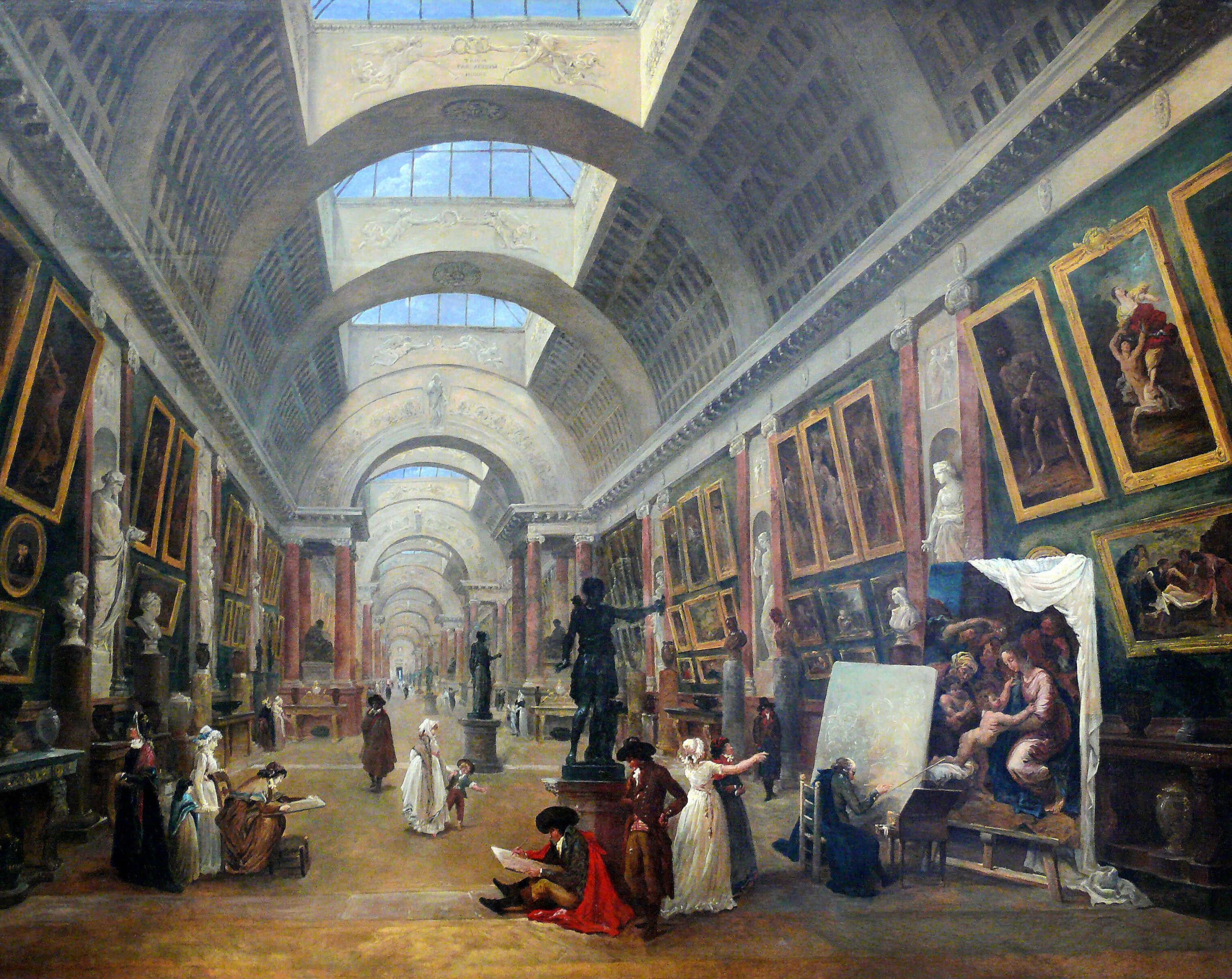
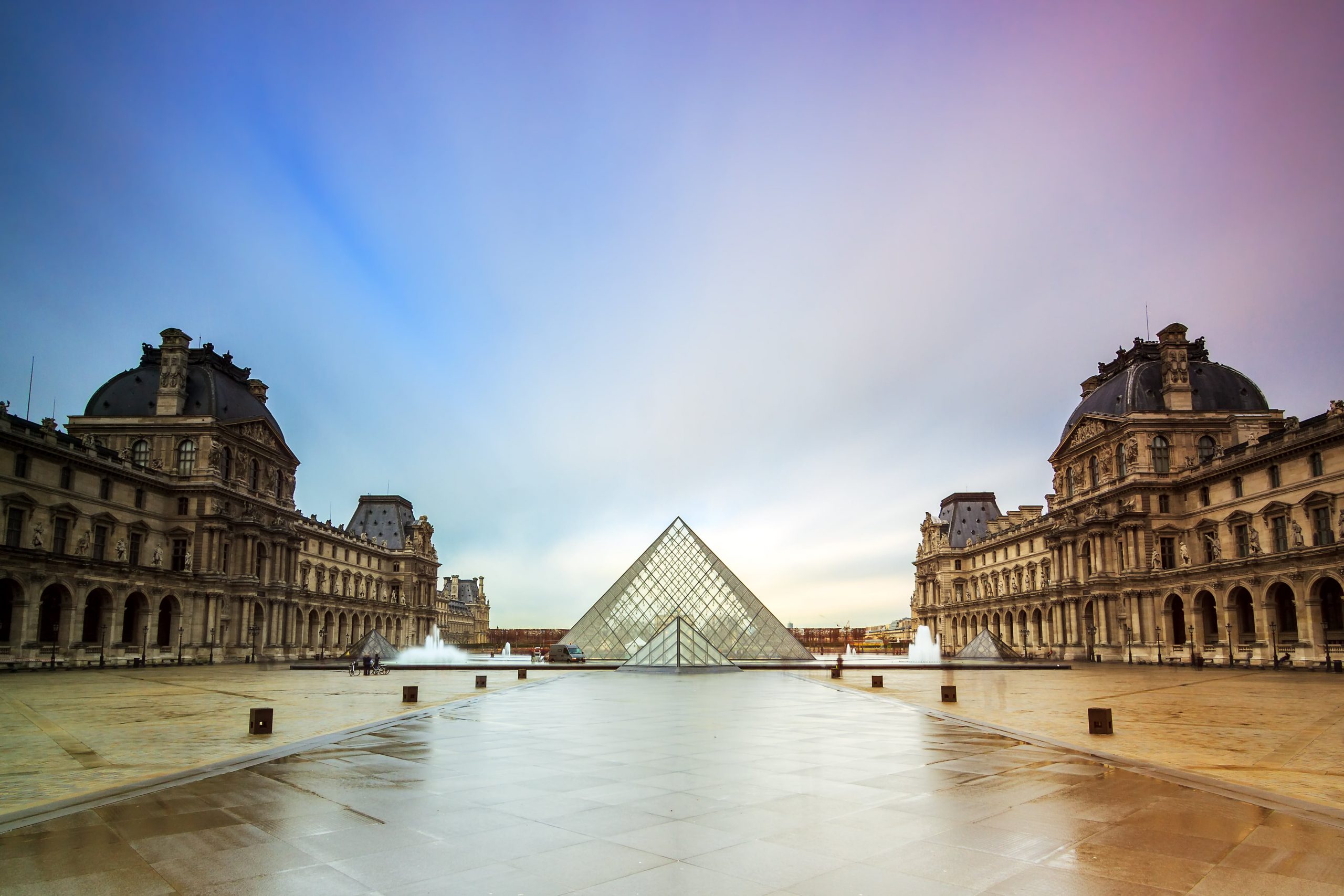
-
Pyramid
The most recent architectural addition to the Louvre is the iconic glass pyramid that sits in the centre of the palace courtyard. The daring, modern, centrepiece was completed in 1988, designed by the Chinese architect Leoh Ming Pei. The 21-metre high (71ft) pyramid is made entirely of glass panels and metal poles and spans 1,000 square metres (11,000 sq. ft).
-
The pyramid provided a much-needed new entrance to the museum. With the increasing number of visitors, the museum layout simply couldn’t cope. From the pyramid visitors descend to a main hall from where they can access the collections in the three wings above, as well as numerous services including a lift for disabled access. From below, the open, glass-covered space is reminiscent of a Roman villa. Escalators and a hanging spiral staircase descend and the space takes on the thoroughly modern aspect of passenger terminals.
Architecturally it was hugely controversial. Criticism ranged from it being too modern, an inappropriate symbol of death, or too foreign as the architect had insufficient knowledge of French culture. It has even been linked with the devil! (See Interesting Facts). Regardless, the pyramid is an icon of Paris today alongside another metal giant – the Eiffel tower.
